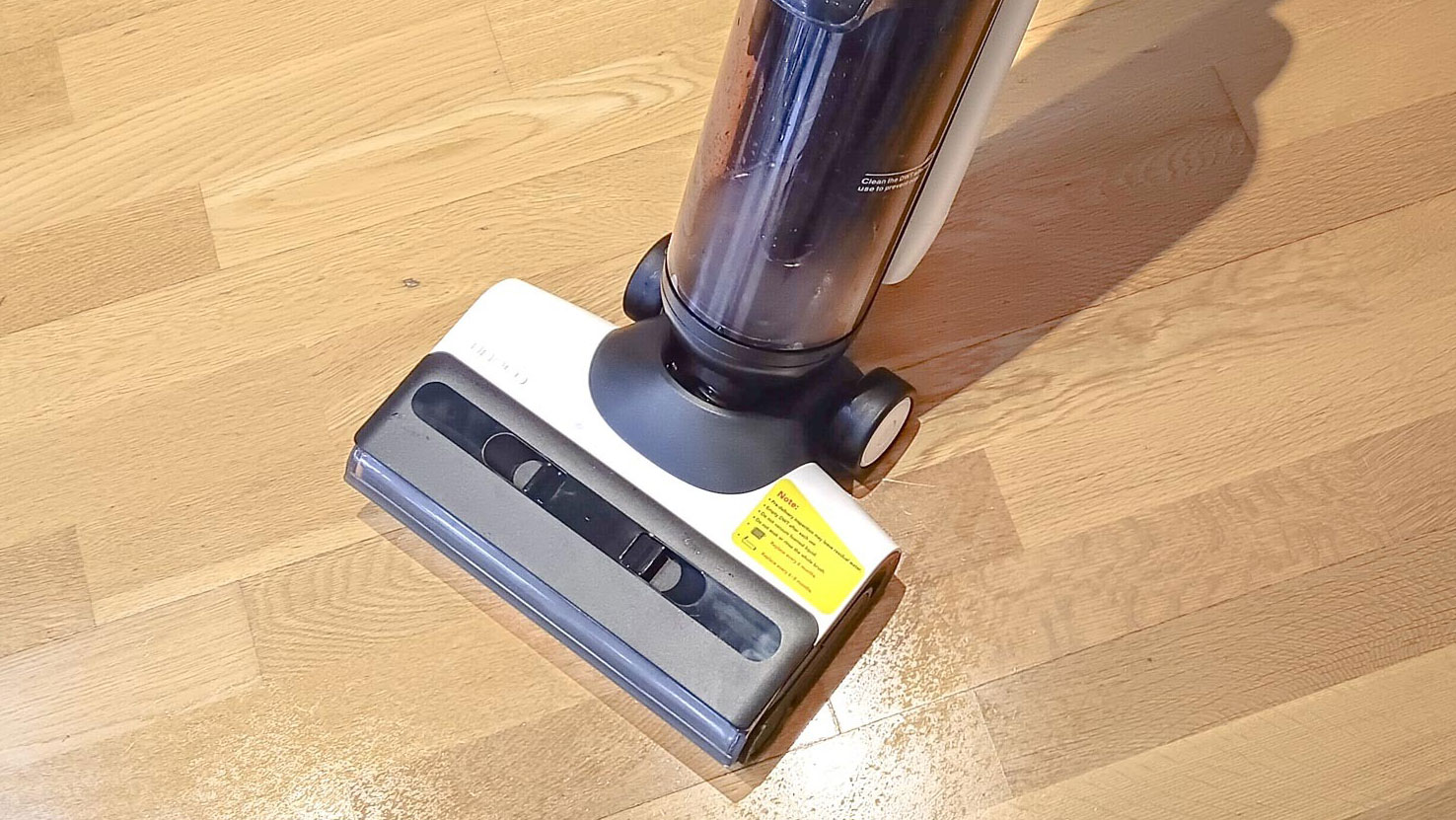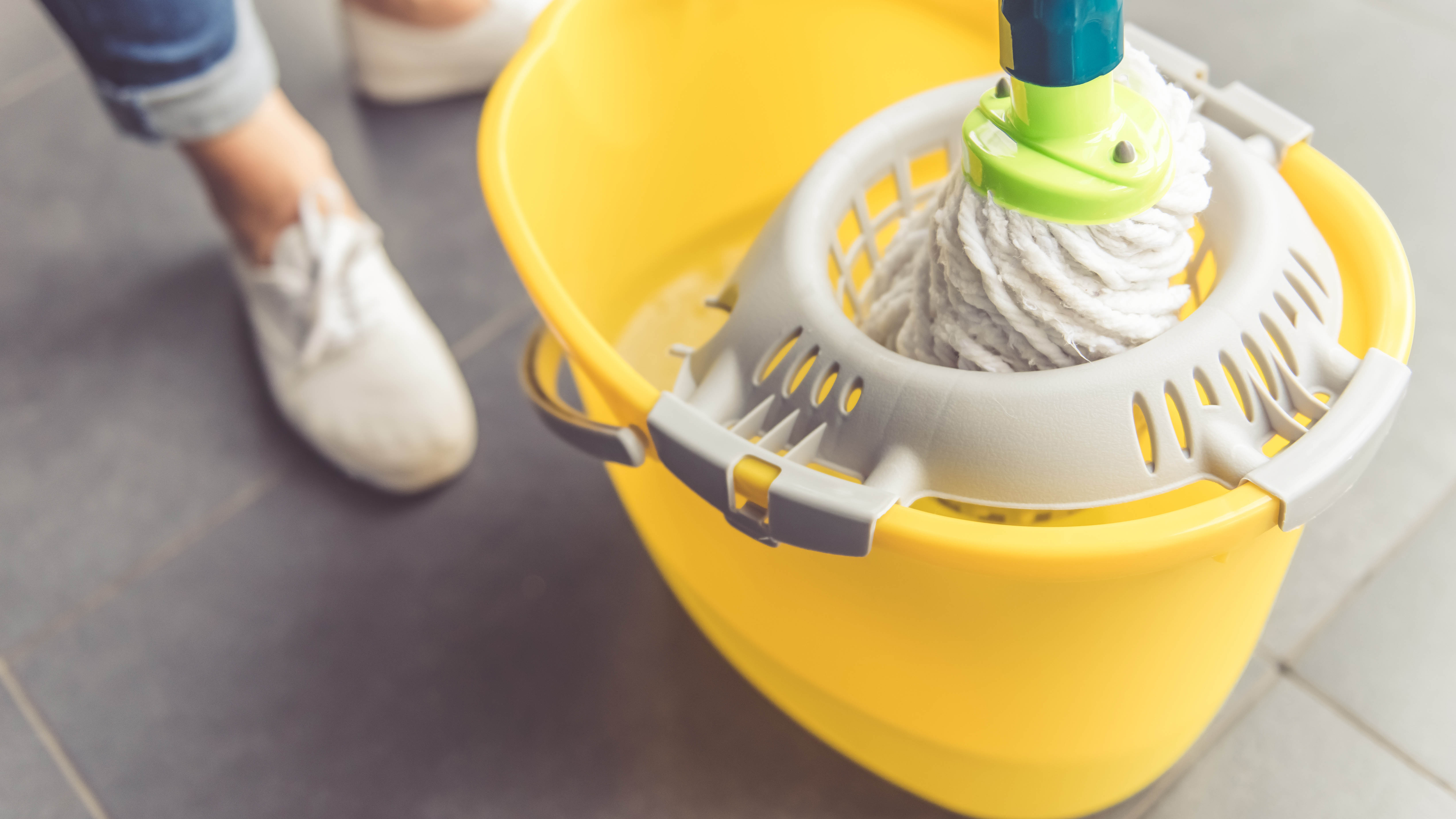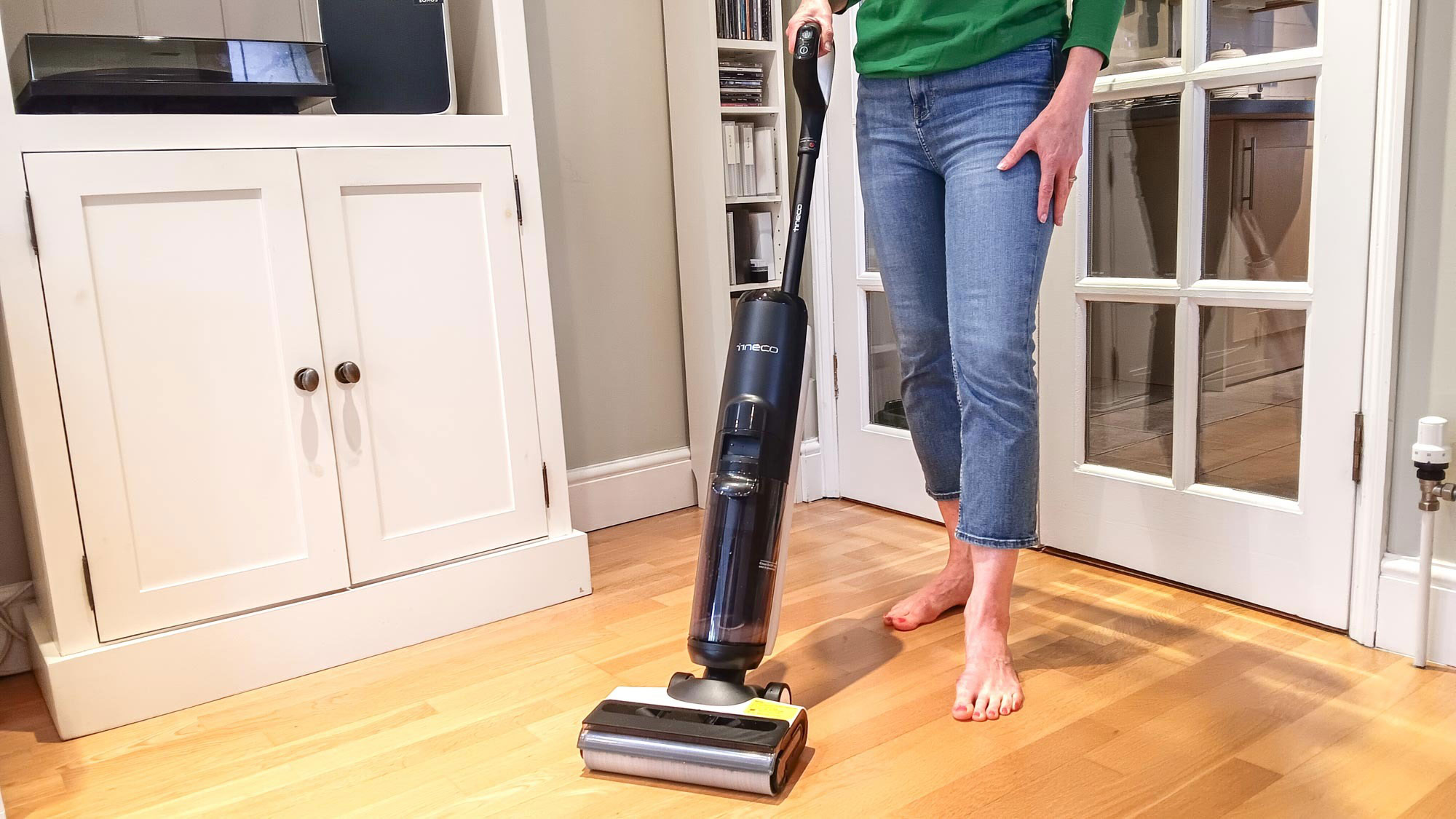
Although I'll hold my hands up and admit that I find vacuuming really satisfying, I doubt any of us enjoy having to mop our hard floors. From filling a bucket with sudsy water to closing off the kitchen while your floor dries at a snail's pace, mopping can be a dreaded but essential task for busy homes.
Many of us have a mix of flooring in our homes, including carpet, tiles, and hardwood, which all need to be cleaned differently. While carpet can be cleaned with one of the best vacuum cleaners, hardwood will need vacuuming or sweeping and a wet clean to remove spills and ground-in dirt, resulting in a time-consuming task, so when I got the opportunity to try out Tineco’s Floor One S6, I was eager to put it to the test to see if a wet and dry hardwood floor cleaner was worth the investment.
You can buy wet/dry vacuum cleaners from a range of popular floorcare brands such as Dyson, Bissell and Shark, so these innovations are far from gimmicky. But while they're backed by big names, they're also an expensive purchase that requires some serious consideration before buying. Here are five things I learned when testing a wet dry vacuum cleaner.
1. Unlike a mop, you won’t be recycling dirty water

The disadvantage of using a mop to clean your hard floors is that the dirty water gets reused, so apart from the first time you swish your mop around, the rest of your floor is cleaned with dirty water. Although the same is true when you do the dishes by hand, it seems particularly unhygienic to follow the same method for cleaning your floors. Just think about what can be brought into your home on the soles of your shoes!
With Tineco's Floor One S6 wet and dry cleaner, you place clean water in one water tank with a cleaning aid, and once it has been expelled to clean your floor, it is suctioned up into a dirty water tank, keeping the clean and dirty water separate.
Furthermore, if you don’t replace your mop head regularly, you could be spreading germs and bacteria each time you get out your mop. This is another reason to use a floor cleaner that moves the dirty water into a separate container.
2. You might need two floor cleaners
Unless you’ve got hardwood floors throughout your house, which you may have to prevent allergies, you’ll need a separate vacuum to clean your carpet. This, of course, has cost implications. Although a wet and dry floor cleaner does two jobs in one, buying a standard vacuum and a mop is far less expensive than investing in a vacuum and a wet and dry floor cleaner.
To compare, Bissell’s CrossWave Floor and Area Rug Cleaner is a wet and dry vacuum that’s available at Amazon for $229. At the same time, Vileda’s SuperMocio Microfibre and Cotton Mop and Bucket Set, similar to what I use, costs $15 at Amazon.
If you need two cleaners, storage space may also be an issue. Unlike my Shark stick vacuum, which is compact and can be folded over to take up less space, or a robot mop, which can sit under many pieces of furniture, wet and dry cleaners have storage tanks for water, meaning that they can’t be folded.
3. A wet and dry cleaner will save you time
It can be a hassle to get out my vacuum to clean my hardwood floors and then follow up with the mop and bucket. Using a wet and dry cleaner allowed me to clean up the mess and wash it at the same time.
It was so quick to use that I’ve been washing my kitchen floor much more frequently than I would normally. If you're like me, you'll take any opportunity to save time on tedious chores while still ending up with a clean home.
However, although a wet and dry cleaner will save you time, you will have to pay for the privilege. It's much more expensive than buying a mop and bucket, although if you only have hardfloors in your home and don't have to worry about carpets, it could be a good option.
4. Floors dry quickly

Although the clue is in the name — a wet and dry floor cleaner — I was surprised at how dry the floor was after cleaning it. No matter how well I squeeze the water out with a mop, the floor still takes time to dry. It can be a game of patience when you’re cleaning while others are in the house desperate to snatch a snack from the kitchen!
With the wet and dry cleaner, it dried within a minute or two, with no damp patches left to tread on. So, rather than shouting out a warning every time my son was about to step on the freshly cleaned floor, it was dry before he ventured anywhere near it.
5. It works best on flat surfaces
Although the wet and dry cleaner I tried works best on flat surfaces, like hardwood floors and vinyl, I did use it on my kitchen tiles that have an irregular and slightly bumpy surface. I was still impressed with the results and felt the surface felt clean and hygienic. On another note, I would never recommend buying irregularly surfaced tiles for a kitchen floor, as they can be problematic to keep clean, but that’s another article!







